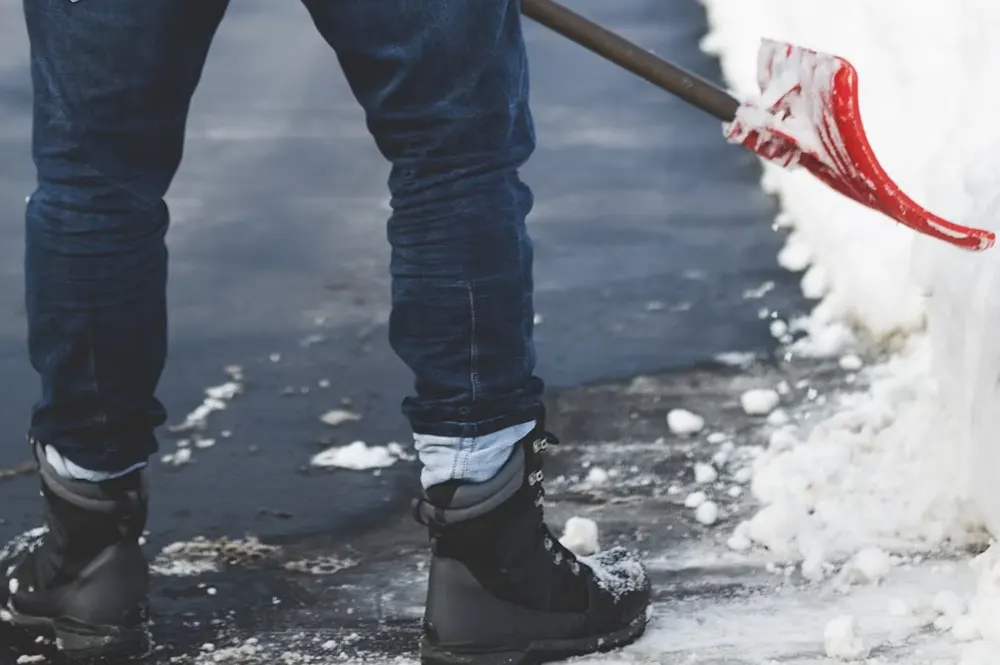Flash floods occur as a result of heavy rainfall, rapid snow thaw, city drains overflowing or dam/levee failures. They occur quickly and unexpectedly, within 6 hours of the events that caused them. Here are more facts to give you an idea of how dangerous flash floods can be:
- Every region in the United States can be affected by flash floods, especially low-lying areas: near river beds and coastlines.
- Cities are more likely to be affected by flash floods due to the predominant impermeable surfaces, such as asphalt, and the lack of natural drainage systems.
- The water from flash floods can reach a height of 20 feet, which can severely damage anything in its path.
- Just 2 feet of floodwater moving at 9 feet per second (standard speed of flash floods) is enough to sweep vehicles away, move 100 pound rocks, uproot trees or level buildings.
- Just 6 inches of rapidly moving floodwater can sweep someone off their feet.
- Between 2004 and 2013, an average of 75 people have died from flash floods in the United States per year.
- Nearly all who perished during flash floods tried to outrun the waters rather than going to a higher area.
- Two thirds of the deaths claimed by flash floods occur in vehicles, when the drivers try to pass through the floodwater.
- Flash floods can cause extensive structural damage: 12” of floodwater on a 2,000 square foot building can cause $50,000 worth of damage or more.
- Flash flood warnings are issued by the National Weather Service when a flash flood is imminent.







